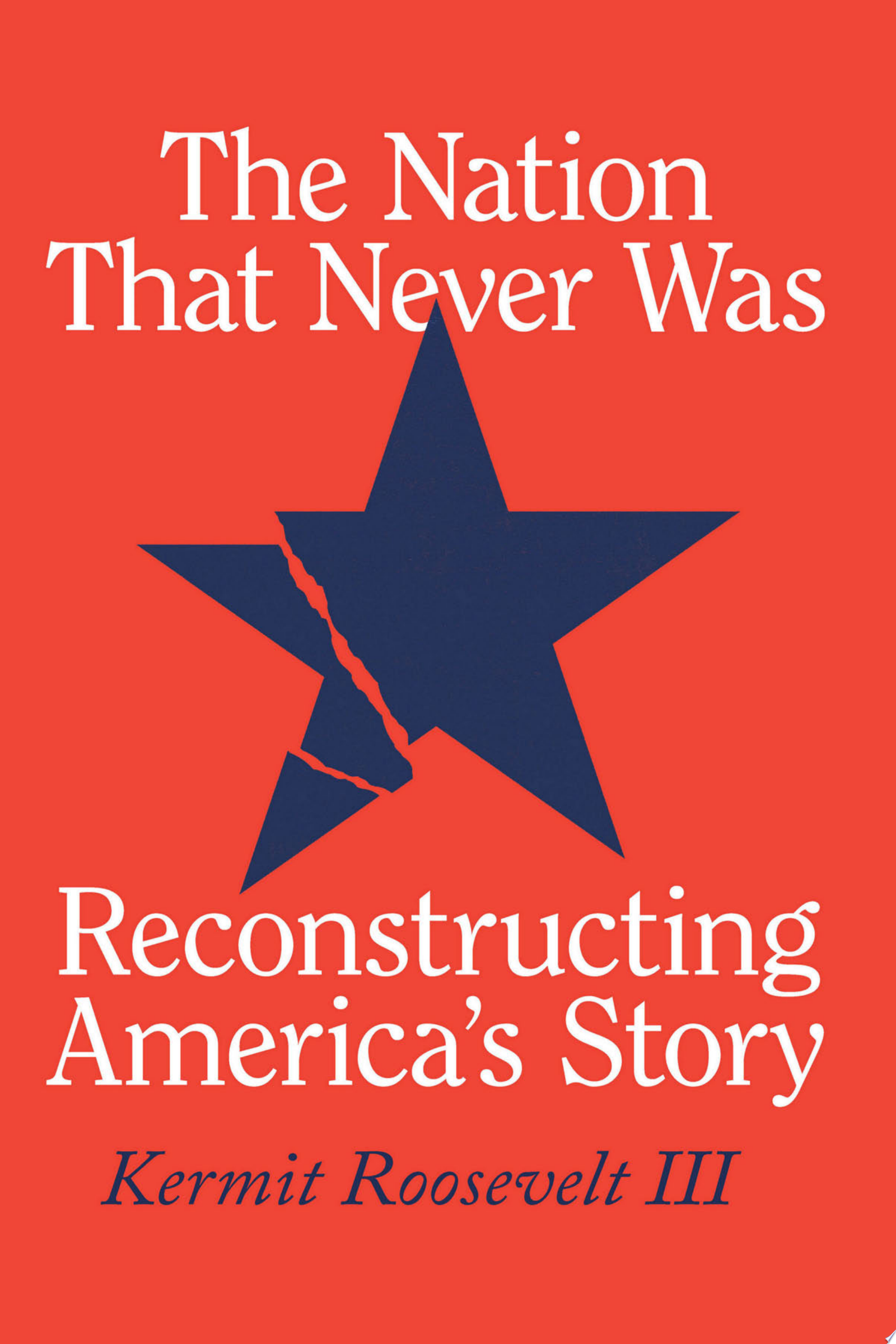Menu
- About
- Categories
Categories

Top of the pile
97
/100
I Index Overall Rating

Readers
Critics
Scholars
N/A
Author:
Kermit Roosevelt III
Publisher:
University of Chicago Press
Date:
June 13, 2022
Our idea of the Founders' America and its values is not true. We are not the heirs of the Founders, but we can be the heirs of Reconstruction and its vision for equality.
What The Reviewers Say
Julia M. Klein,
The Pennsylvania Gazette
The Pennsylvania Gazette
The Nation That Never Was is similarly concerned with the American community’s insiders and outsiders...But it focuses almost entirely on slavery, segregation, and other manifestations of anti-Black racism...(The oppression of Asian Americans, other ethnic groups, and sexual minorities scarcely merits a mention. The longtime exclusion of women from suffrage is noted, but no more. Other aspects of women’s struggle for full legal equality with men—including reproductive rights—aren’t covered at all.)...In both his adoption of the rhetoric of anti-racism and his sympathy for the New York Times’s controversial 1619 Project, which insists on slavery’s centrality to US history, Roosevelt is in tune with prevailing ideological currents...His argument is nuanced and, at times, complex...But it can be summarized simply...Americans, he says, have been taught specific readings of the Declaration of Independence, the American Revolution, and what he calls the Founders’ Constitution...But that 'standard story,' he maintains, is neither accurate nor useful...In fact, its distortion of the past has been downright harmful...The standard story, in Roosevelt’s view, posits that equality and liberty were always at the core of American beliefs...It regards slavery—and, by extension, other forms of oppression and discrimination—as an aberration, destined to be corrected gradually over time...According to this argument, the Revolution was fought for ideals enshrined in the Declaration of Independence...And the Constitution, albeit an imperfect compromise jerry-rigged to satisfy Southern states, was the vehicle that codified those ideals...The work of redefinition that Roosevelt outlines remains unfinished...Neither Lincoln’s assertion of democratic principles nor the Reconstruction amendments achieved lasting racial parity...A second Reconstruction, in the form of the Civil Rights and Voting Rights Acts of the 1960s, was necessary, Roosevelt reminds us—and it, too, has fallen short..
Kirkus
Americans love to tell comforting stories about our foundational documents, writes Roosevelt, a Penn law professor and great-great-grandson of Theodore Roosevelt...'Segregation and denying Blacks the vote are perfectly consistent with the Declaration of Independence,' writes the author...The nub of the Declaration, he adds, is that when supposedly free people are oppressed, it is incumbent upon them to rebel...Roosevelt proposes that we do away with that institution and attempt a national enterprise to atone for our original sin through targeted investment in Black and other marginalized communities, which 'offers the possibility of a real transformation'...His argument is sometimes repetitive but compelling and well worth consideration...A novel way of reading our founding documents and revising them as both law- and nation-building myths..
Publisher's Weekly
Misunderstandings about the language and intent of America’s founding documents are the cause of today’s political dysfunctions, according to this impassioned revisionist history...Constitutional law scholar Roosevelt maintains that the values taken for granted by most Americans were not actually encapsulated in the Declaration of Independence, because the statement 'All men are created equal' was not intended to mean that all people have equal rights...Delving into the precise language of the Declaration, the Federalist Papers, the Constitution, and other landmark texts, Roosevelt documents the founding fathers’ problematic views on race and slavery and makes the strong case that Americans today are more properly the heirs of the people who 'rejected the Founders’ Constitution'...Astute textual analysis, careful historical research, and a deep commitment to social justice make this an inspiring reexamination of America’s past..















